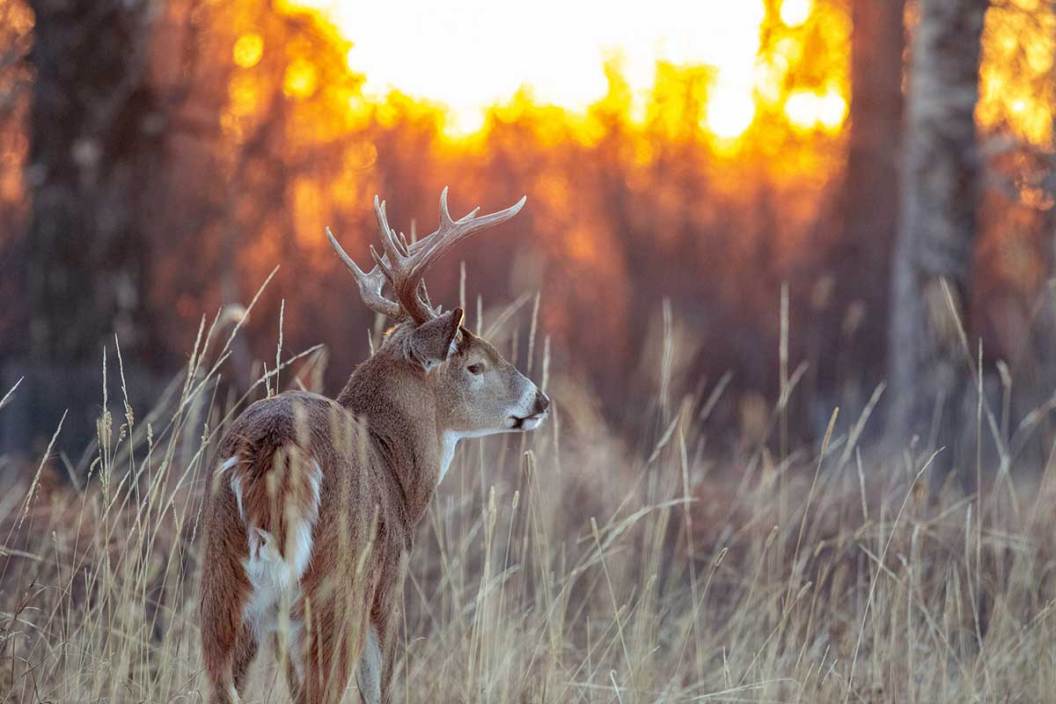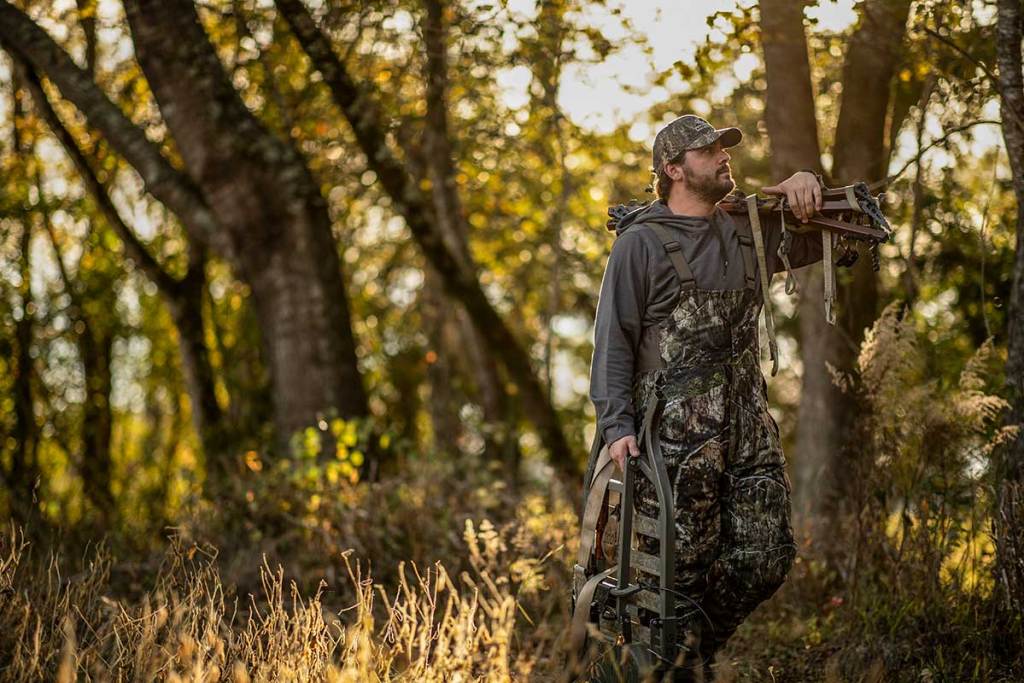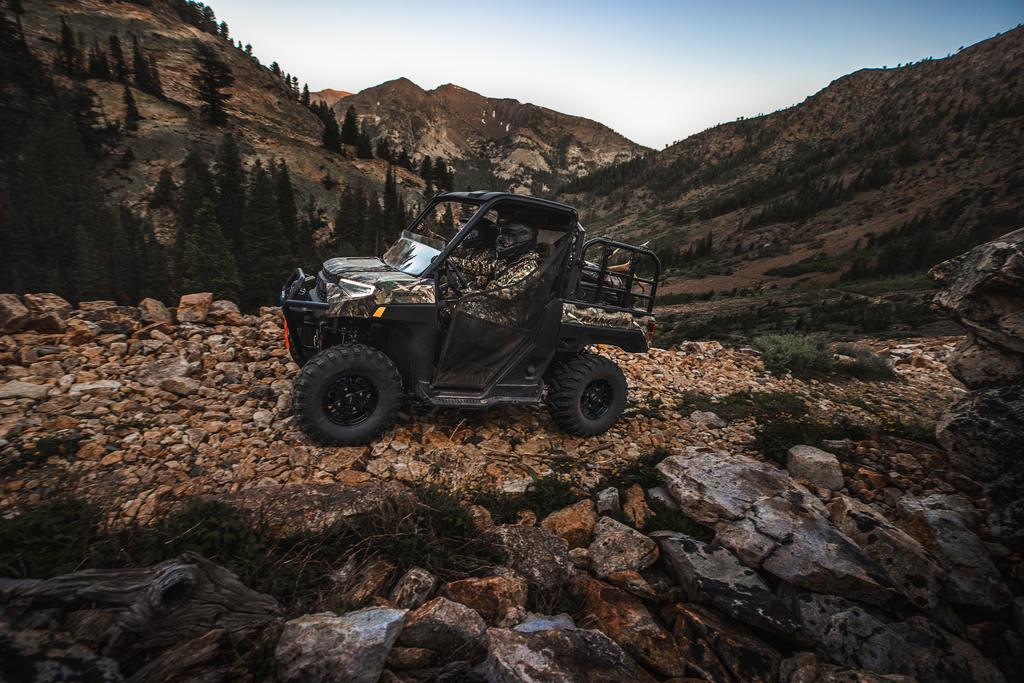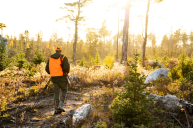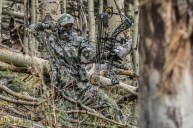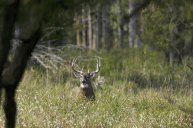Over all my years of deer hunting, I've always looked for certain things that I can hold on to, certain facts that more often than not are going to come to fruition. Adhering to a common belief that's spread throughout the hunting community can certainly be a benefit, but if you're too caught up in it, these beliefs can start to blur your perception. Some of these myths can be tough to let go of, especially when we have been raised believing them. Lucky for us, science and technology have allowed us to test out these old myths and give us the real answers. Plus, I've now spent enough time in a stand and worked year-round to learn more about the deer I'm hunting, and I've found that some of these things just don't always materialize like we think they do. It's not that holding these beliefs will be detrimental to your deer hunting success, but the more you know, the better off your approach can be.
1. Culling Deer Improves Overall Antler Size and Health
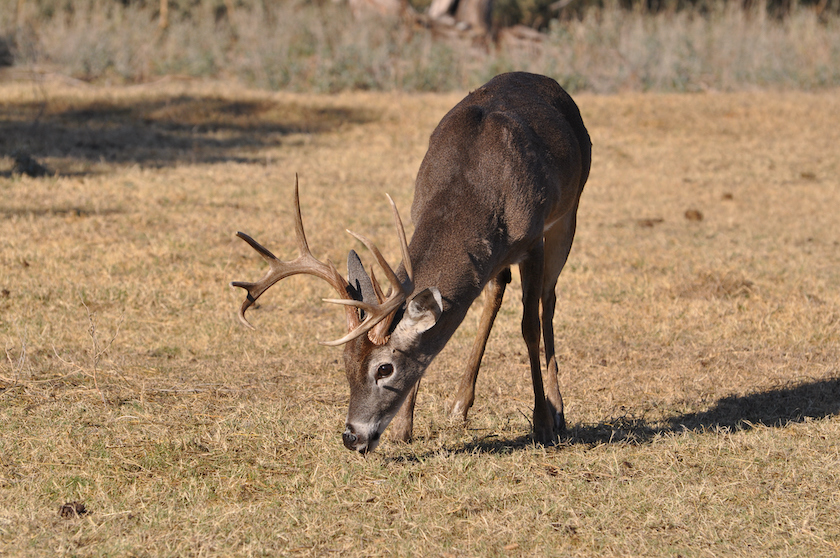
WestwindPhoto via Getty Images
The idea behind this myth is that thinning a deer population of its smaller bucks will influence the genetics of the herd by leaving the larger bucks to reproduce and spread their larger-antlered genes. It is only recently that we have been able to get long-term research that essentially disproves this idea. Culling deer with inferior genetics may make sense to some on paper—but short of a deep dive into genetics, this practice isn't precise enough to actually influence the genes that are being passed on within a population generation to generation. Hunters end up culling deer that appear to have small antlers, but this doesn't necessarily mean they have inferior DNA. And it doesn't take into account environmental factors such as the availability of essential nutrients, which can influence antler growth. Killing a buck with a small rack can be counteractive for a number of reasons, but there is always the possibility that he just hasn't had a steady food source or may be a late bloomer.
2. You Shouldn't Bother Hunting the October Lull
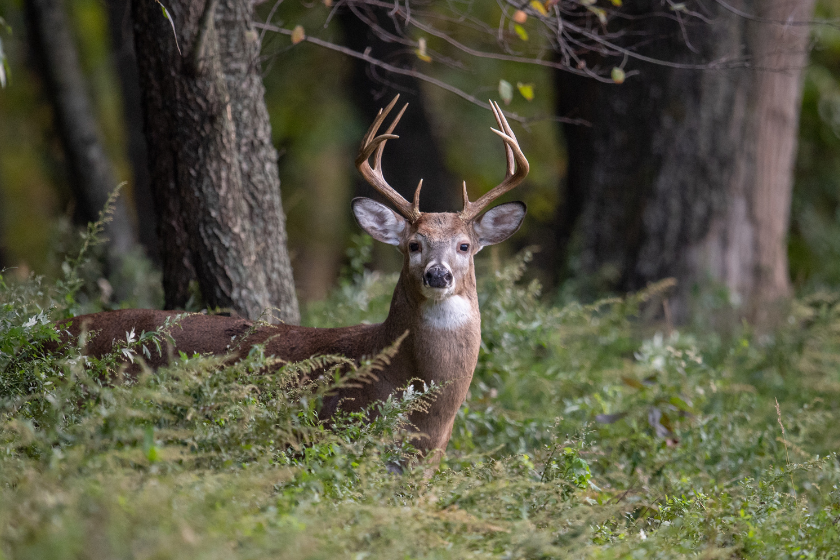
Through my understanding, there is no such thing as the "October Lull," the time when deer inexplicably become scarce at the beginning of the rut. This is not to say changes aren't happening at this time, but the idea that you shouldn't waste your time hunting during this period should be ignored. Hunting pressure and the simple fact that a deer's food sources generally shift during this time cause deer to move around and hang out in different areas. This gets misconstrued as a decline in deer activity and leads to myths such as the "October Lull" being a thing that completely diminishes your chances.
It doesn't take long for deer to notice a large influx in hunting pressure, and opening week is usually more than enough time for sustained pressure to cause deer to seek refuge in safer areas. Deer will congregate around areas that provide both food and shelter; so once the season gets underway and hunters have successfully stressed the local deer population out, it's time to move your treestand to an area that provides them with both.
3. Covering More Ground Increases Your Chances Of Finding Deer
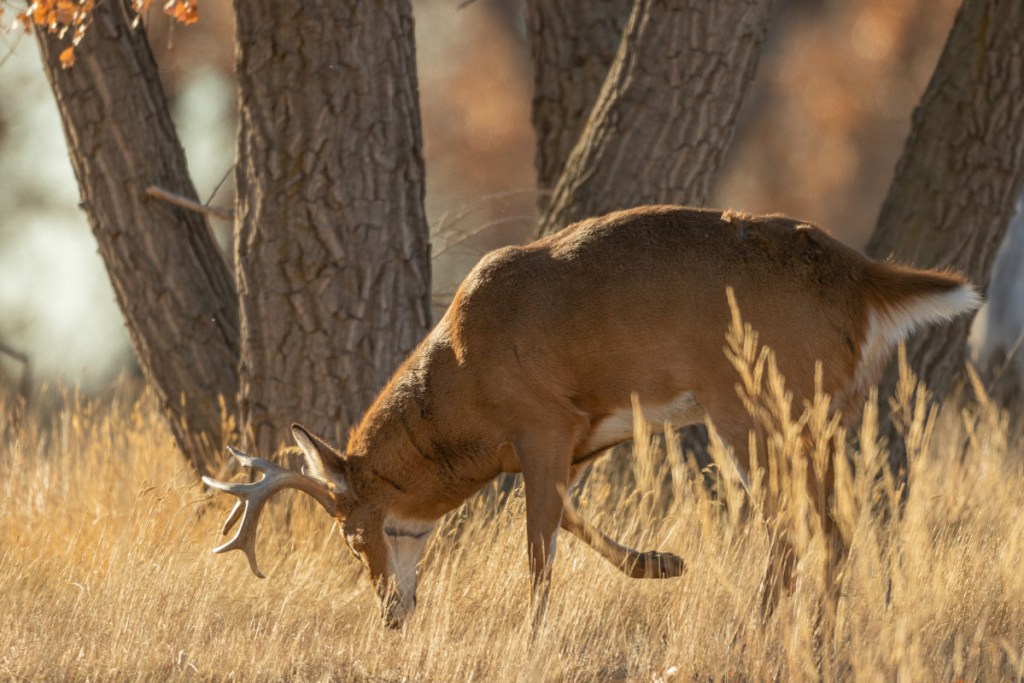
This idea isn't completely wrong and would be better described as a half-myth. In certain scenarios, such as when deer are facing tons of pressure on public land, it can hold true. That said, a bountiful property is more about what lies within its acreage and not necessarily how big it is. Hunters assume that covering more ground equals a better chance of running into deer, but lying in wait patiently on a property that provides food and cover is a tried-and-true method for finding deer. Constantly changing vantage points on a large parcel of land requires more time to move the truck, set up the treestand, or break down the blind—all of which uses up precious minutes that could be spent actually hunting.
4. Bow Stands Should Be Hung at Least 25 Feet High
Just like our last myth, this proves true some of the time, and its validity hinges upon a couple of different factors. There are obvious benefits to having your stand higher up, including greater scent dispersion and avoiding the deer's line of sight. But heights of 25 feet or more make for a tough shot because of the steep angle. The main things you should consider when determining how high to place your bow stand are cover and safety. You want to place it high enough to be concealed by the tree's foliage, still being far enough down on the tree so it can safely support your weight, and be able to get a clean shot that doesn't maim the animal. A height of 25-30 feet or more is excessive in most situations that would realistically provide a viable shot for only the most experienced bow hunters. Most successful bow hunters will agree that closer to 15-20 feet is the sweet spot.
5. You Only Have One Shot at a Deer

We are all familiar with the old adages "If at first you don't succeed, try again" and "Patience is a virtue." It turns out they apply to missed shots as well. Whether you are hunting with a bow or rifle, you should set yourself up to connect with your first shot, but you also need to be ready for a second should you foul up the first one. If you are bowhunting, there is a solid chance that a near miss will do nothing more than put the deer on edge. That can include standing still with its head raised high in the air and ready to receive your second shot. The report means that missing with a rifle leaves you with a smaller chance to have a viable second shot, but who knows? Maybe the deer decides to close the distance between you and it, making your follow-up easier than the initial shot. The main takeaway here is to always be patient and prepared. Use your patience to wait for the perfect shot and your preparedness to follow through should your perfect shot be not as perfect as you had hoped.
6. ATVs Won't Spook Mature Bucks
Many hunters assume that mature bucks aren't bothered by loud vehicles, but there is no evidence to support this claim. Maybe the idea is that older animals aren't as skittish because they are more used to the sounds, but it would make just as much sense to say that older animals are more skittish because they have been around more hunters and vehicles. There is really no way to fully validate this claim either way without knowing exactly what the deer in question has experienced through its years. That said, it would speak to reason that an older animal will be smarter about avoiding the noise that ATVs generate. Either way, it always makes more sense as a predator to hide your presence from your prey.
7. You Must Wait Until the Peak Rut to Bag That Target Buck
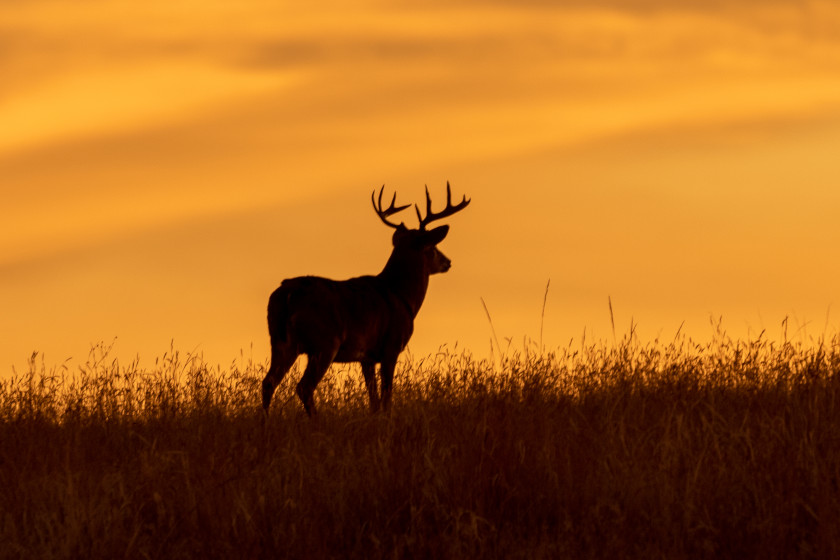
twildlife via Getty Images
Tracking and predicting a target buck's behavior proves more difficult as the rut drags on toward the peak. Waiting until the peak to try to bag that specific big one you have been scoping for weeks isn't a smart tactic. This isn't to say that the peak of the rut isn't great for dropping one of a hundred other bucks in your area. But counting on your target buck to show up in the same spot during the height of the mating season's chaos will likely prove a foolish endeavor. If you are lucky enough to find that perfect target early in the season, don't hesitate to capitalize on the opportunity. As the rut progresses, your buck will start to deviate from its previous scrape line in search of a mate—and other hunters will have more time to stumble upon your target buck.
